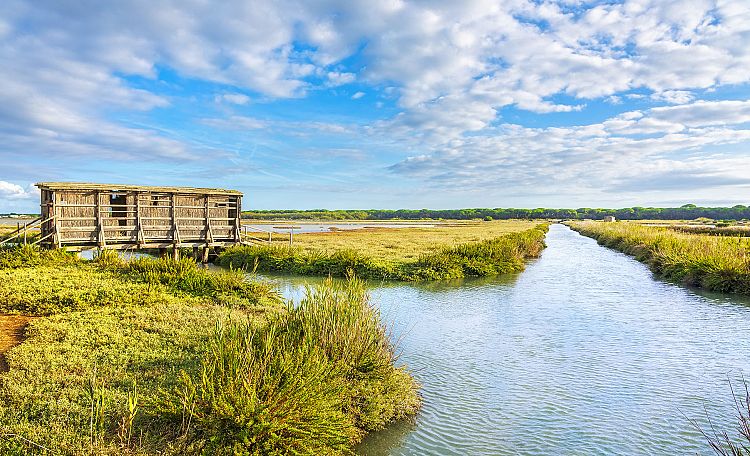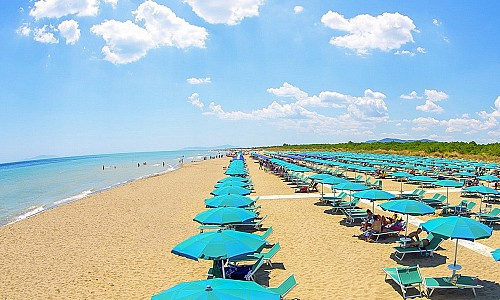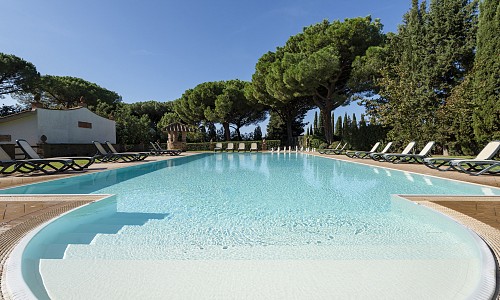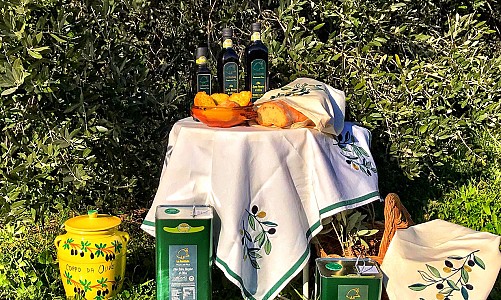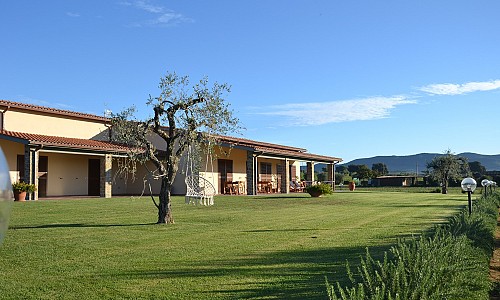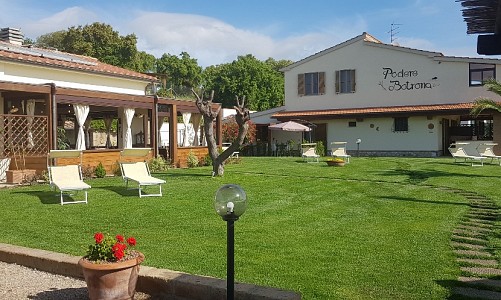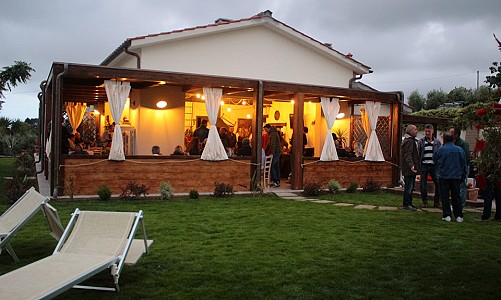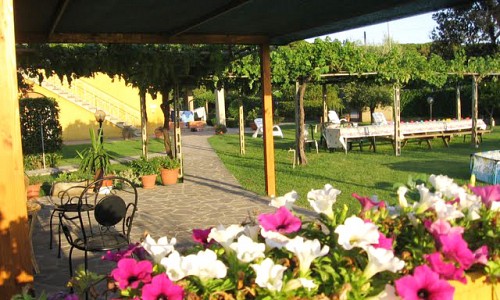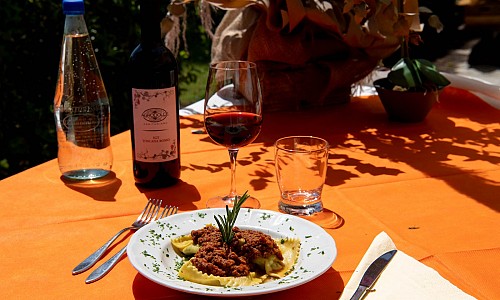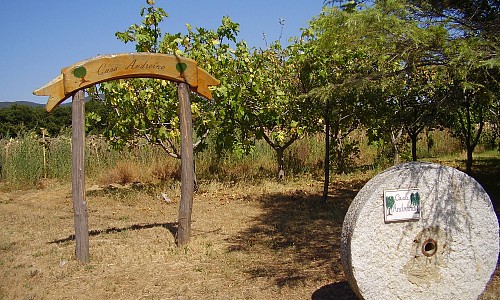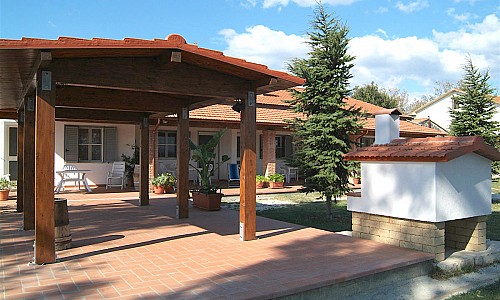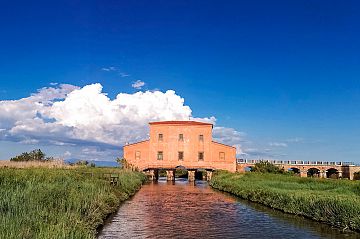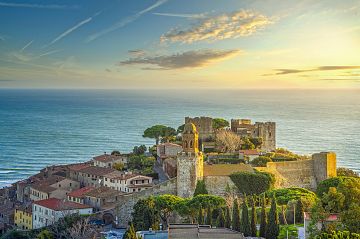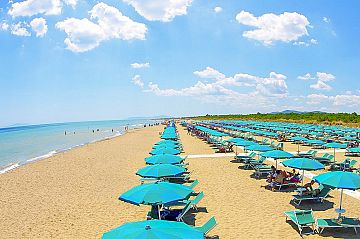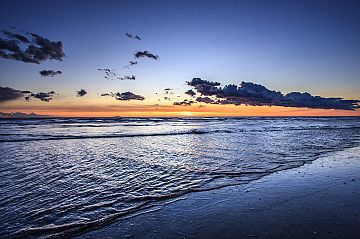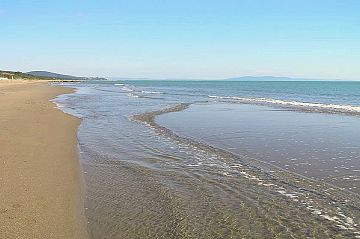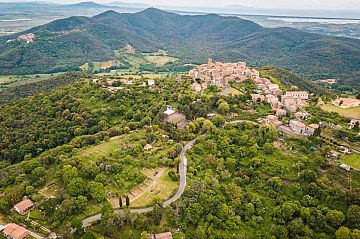Diaccia Botrona Nature Reserve
- Category Environment and Nature
Diaccia Botrona, the protected nature reserve between Grosseto and Castiglione della Pescaia.
Number of views: 5998Agriturismo - Where to stay overnight
- The natural reserve of Diaccia Botrona, the protected natural area, between Fauna and Flora
- Flora and Fauna:
- Places of interest within the reserve:
- Activities carried out in the reserve:
The Diaccia Botrona nature reserve, the protected natural area, between Fauna and Flora
The Diaccia Botrona Nature Reserve is a protected natural area that extends for 1,273 hectares, between Grosseto and Castiglione della Pescaia. It is a protected era characterized by a marshy environment, what remains of Lake Prile, a lake basin, which in past centuries occupied this portion of the plain which almost entirely dried up following the reclamation works by the Lorraine in the eighteenth century.
The Diaccia Botrona is one of the most important Tuscan areas for the wintering, resting and nesting of various bird species.
Flora and Fauna:
The vegetation differs according to the area and above all to natural and artificial changes. The species that characterize the area are: the marsh reed, a herbaceous perennial belonging to the Poaceae family, which covered almost the entire extension of the swamp; in recent years, however, it has considerably reduced its size and is largely replaced by rushes, glasswort and lemon. There are also elms, tamarisks, willows and the white poplar. The pine forest is located on the sandy tombolo, and is made up of majestic stone pine plants with a dense undergrowth of Mediterranean scrub, inside which cysts and rosemary bloom. There are also, always in the undergrowth, other species such as myrtle, tree heather, mastic and multifolar, lycian juniper and many others.
The reserve is also of great importance in terms of fauna, thanks to the presence of numerous species of birds: flamingos, wild geese, ducks, but also great white herons, cranes, osprey and harrier . The meadows, which are periodically flooded, are instead frequented by snipe, redshank and other waders.
It is in the open areas, that the black-winged stilt and the bigeye nest, in the pine forest, instead of gray herons and little egrets, the sea jay and the cuckoo are guests. High-quality fish species are also found in the canals: eel, sea bass, various species of mullet and sole. Among the mammals, we meet rodents, mustelids and various reptiles such as the tortoise, rat snake, cervone, grass snake, green lizard, orbettino. A strong reason for special protection in the area is the presence of numerous species of amphibians such as the tree frog, the green toad and the lesser green frog.
Places of interest within the reserve:
In Isola Clodia, in the heart of the nature reserve, there are some remains from the Roman era, and the remains of the Abbey of San pancrazio al Fango of medieval origins. The religious building was built in the early Middle Ages where a Roman villa was located. Having survived the long period of neglect due to malaria, the sides and the semicircular base of the apse have been partially preserved. From the analysis of the remains, the church must have had a single nave with a transept. The walls are mainly made of sandstone, with some ashlars of travertine placed in some points to form a sort of cord. The remains of the ancient Roman villa have been incorporated into the abbey and partially covered by the ground.
The place has brought to light numerous finds from the Roman era, currently kept in some museum complexes. Ximenes House or Red House, built by Leonardo Ximenes in the eighteenth century to begin and carry out the reclamation work of the entire area. They are still present and characterize the internal and external environments, technological structures and various gears still functioning, although not used. Inside it is possible to use, with the assistance of staff of the Maremma Trekking Association, an important multimedia system through which it is possible to observe the flora and fauna, not only that present in the provincial nature reserve Diacca Botrona, but also of that in the other numerous natural reserves in our Province of Grosseto. Its location straddling the most important navigable canals, such as the Bilogio and the Canale Unico and its reddish architectural form, make it visible in the distance. Long lost its functions, it has been identified as the natural seat of the Visitor Center serving the Reserve.
Activities carried out in the reserve:
- Guided tours in Barchino within the Reserve
- Guided tours of the Ximenes Red House Multimedia Museum
- Birdwatching and Naturalistic Photography Workshop
- Guided tours on foot and by mountain bike
- Environmental education

